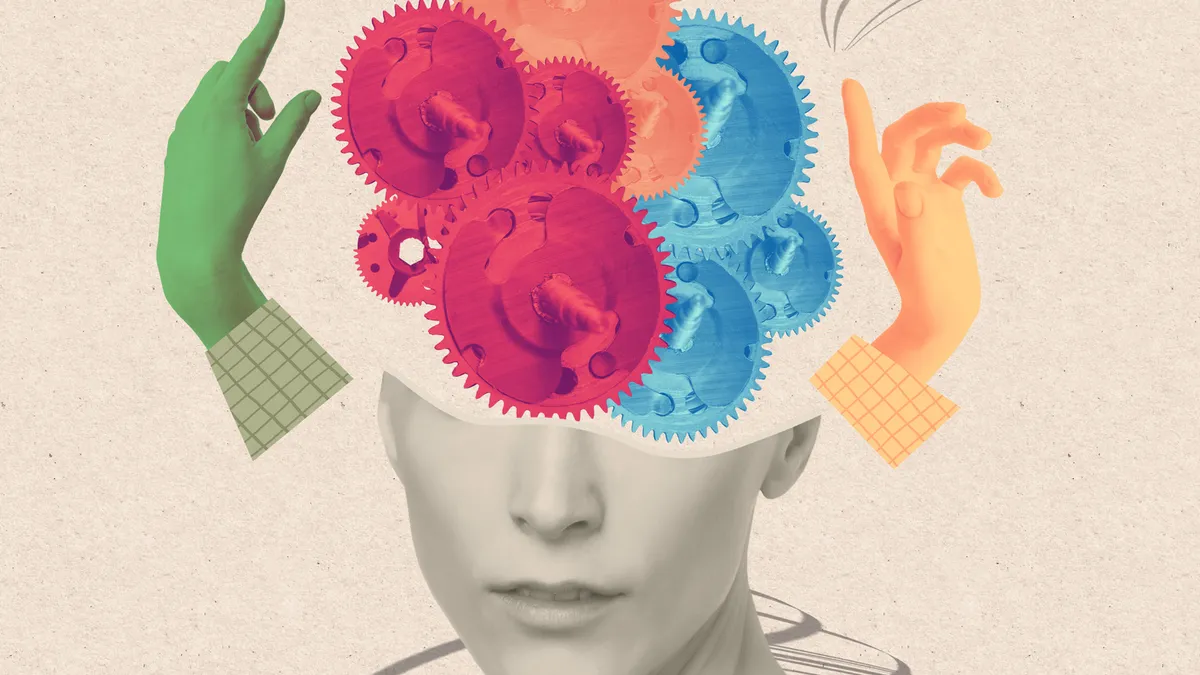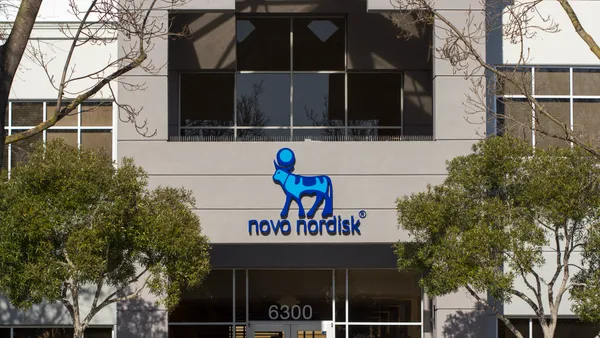18 Sep t e mb e r 20 07 VIEW on Marketing COMMUNICATION STRATEGIES T he way we tell our personal stories can have a direct impact on our personal success, according to a recent article in the science section of The New York Times. Could the same be true in the medical realm? Could the stories that are told — or not told — in the doctor’s office affect the medical success of a brand? For that matter, could our success as marketers hinge, in large part, on our abil� ity to tell a good story? The answers are yes, yes, and yes. While the elements of good storytelling are well�known, too few mar� keters think to apply them to their brands. Like any good movie or novel, every good brand story needs a coherent structure; a deep understanding of audience; a clear brand character, otherwise known as the hero; and conflict — disease or condition followed by cure or amelioration. And — just like in the action�thriller at the Multiplex — all of these elements must be revealed and held together through action, dialogue, and a generous dash of emotion. If this sounds straightforward enough, it is. But here’s the hitch: you can have all of those ingredients, but if your story lacks authenticity, you have nothing, zip, zero. The Consumer Experience In healthcare�consumer marketing, authenticity begins and ends with the consumer’s experience. If what we communicate doesn’t jibe with the consumer’s reality, if it isn’t relevant to his or her concerns, if it doesn’t res� onate at a deep enough level to prompt action or change behavior, we’re out of luck. Except that luck has nothing to do with it. Rather, close obser� vation, painstaking analysis, and the careful application of revealed truths to the marketing challenge help improve the dialogue. Like good novelists, good healthcare marketers begin with what they know best — themselves as healthcare consumers. After all, each of us is either a patient or a patient�in�waiting: one diagnosis away from a percep� tion�altering (sometimes life�altering) change in roles. That all�important story element “context” can very much depend on our health status on a given day. While valuable, our own observations as healthcare consumers will never be more than an “N�of�1” approach. Fortunately, good story fodder is but a few keystrokes away. Chats and blogs are full of valuable intelligence, including how con� sumers understand a given condition, navigate the therapeutic process, and interact with a particular brand.While the blogosphere is often blamed for spreading misinformation and amplifying distortions, those very distortions can be instructive — pointing up vulnerabilities in the storyline; revealing flaws in marketing assumptions. Evolving the Dialogue But the real moment of truth happens away from prying eyes and ears in the sanctum of the examining room.There, the patient’s storytelling pow� ers — or lack thereof — have much to do with the speed and accuracy of diagnosis, whether adherence advice is proffered and followed, and the writing of prescriptions. Does Mrs. X, complaining of menopausal symp� toms, also explain to her doctor how they keep her from sleeping, and hence, threaten her assembly�line job? Too often, the answer is no. Doctors also are responsible for this state of affairs. Frequently, both physicians and patients operate within a don’t�ask�don’t�tell framework as if by mutual consent. Doctors often don’t ask open�ended questions. Patients respond with one�word answers that barely touch their real concerns. Patients who persist in their narratives too soon find themselves interrupted as the doctor’s attention is needed for the gallstone case next door.The result — hardly surprising — is that the most critical part of the doctor�patient dia� logue often happens with the clinician’s hand on the half�open door. This is the moment of truth as marketers — our chance to positively affect adherence, outcomes, and ROI by helping to evolve that dialogue. By fashioning brand� or condition�specific lexicons that help all parties com� municate in a mutually understood shorthand, we can make even “door� knob conversations” more meaningful and action�oriented. Most important perhaps, as marketers we can teach consumers the power of context — of presenting themselves not as bundles of symptoms but as living, breathing beings of which symptoms are just a part. This approach not only optimizes healthcare interactions but leads to more empowered healthcare consumers. # CommonHealth COMMONHEALTH, Parsippany, N.J., a WPP Group company, is a healthcare communications network of 15 best�in�class business units that have expertise in every discipline and every therapeutic category. For more information, visit commonhealth.com. Meg Columbia�Walsh, Managing Partner and President of Consumer and E�Business, CommonHealth Andrea Strout, Senior VP and Associate Creative Director, EvoLogue, part of CommonHealth Consumer Group Close observation, painstaking analysis, and the careful application of revealed truths to the marketing challenge are what it takes to help improve the dialogue. Reality�Based Marketing Insights and the Power of Story 0907 PVV Layout 9/7/07 5:56 PM Page 18 There’s a real bond between the health of the earth and the future of our own human health. Nurturing that bond is a responsibility we all share. That’s why we created Earthborn— the first environmental health communications agency. Earthborn is dedicated to connecting you and your customers via earth�friendly initiatives to deliver even stronger relationships with your company and your brands. It’s one way, we believe, that our generation can make things healthier for the next. An approach that’s long overdue. To find out more about Earthborn, or any of our CommonHealth companies, contact Matt Giegerich at 973�352�1000. Rea l . Ove r due . There’s nothing common about us. commonhealth.com
An article from


Reality-Based Marketing Insights and the Power of Story
Filed Under:
Commercialization








